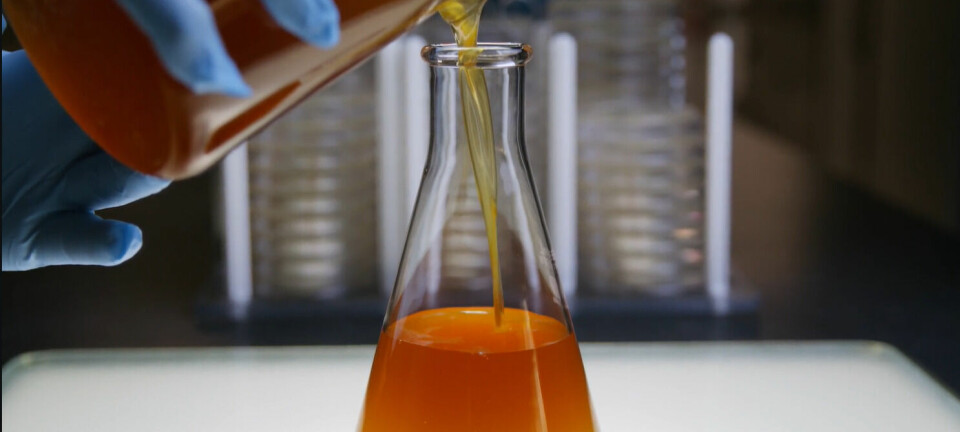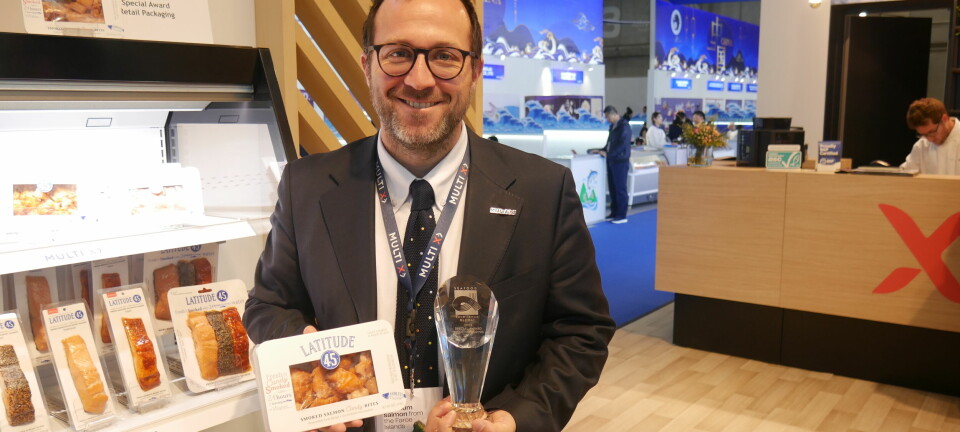
New model helps weigh the risk of ISA spread
Scientists in Canada and the US have devised an analytical tool to rank how susceptible salmon farms would be to the spread of infectious salmon anaemia virus (ISAv) after it has occurred at one or more farms in an area.
The model ranks ISAv infection risks using seaway distance and hydrodynamic information separately and combined.
The modelling method is described in the paper Connectivity-based risk ranking of infectious salmon anaemia virus (ISAv) outbreaks for targeted surveillance planning in Canada and the USA, published in the journal Preventative Veterinary Medicine.
The authors write that such models can aid in effective surveillance planning by balancing coverage (number of farms included in surveillance) against the desired level of confidence of including all farms that become infected in a time period.
False positives
They add: “Our results suggest that 100% of the farms that become infected in the next time period could be targeted in a surveillance program, although at a significant cost of including many false positives.”
The models were validated using 2002–2004 ISAv outbreak data for 30 farms: 24 in New Brunswick, Canada and six in Maine, United States.
Under current federal management in Canada, if ISA is confirmed in a farm the Canadian Food Inspection Agency (CFIA) initiates disease response activities.
Focus monitoring
The authors say that the level of available resources provided by the government and industry, such as trained personnel and infrastructure to carry out site investigations, is an important factor that determines the ability to respond to an outbreak situation.
“A tool that can identify farm sites at greater risk of disease introduction given the location of the index (outbreak) site would help focus monitoring and surveillance activities during disease response,” they write.
The abstract of the paper can be found here.




















































